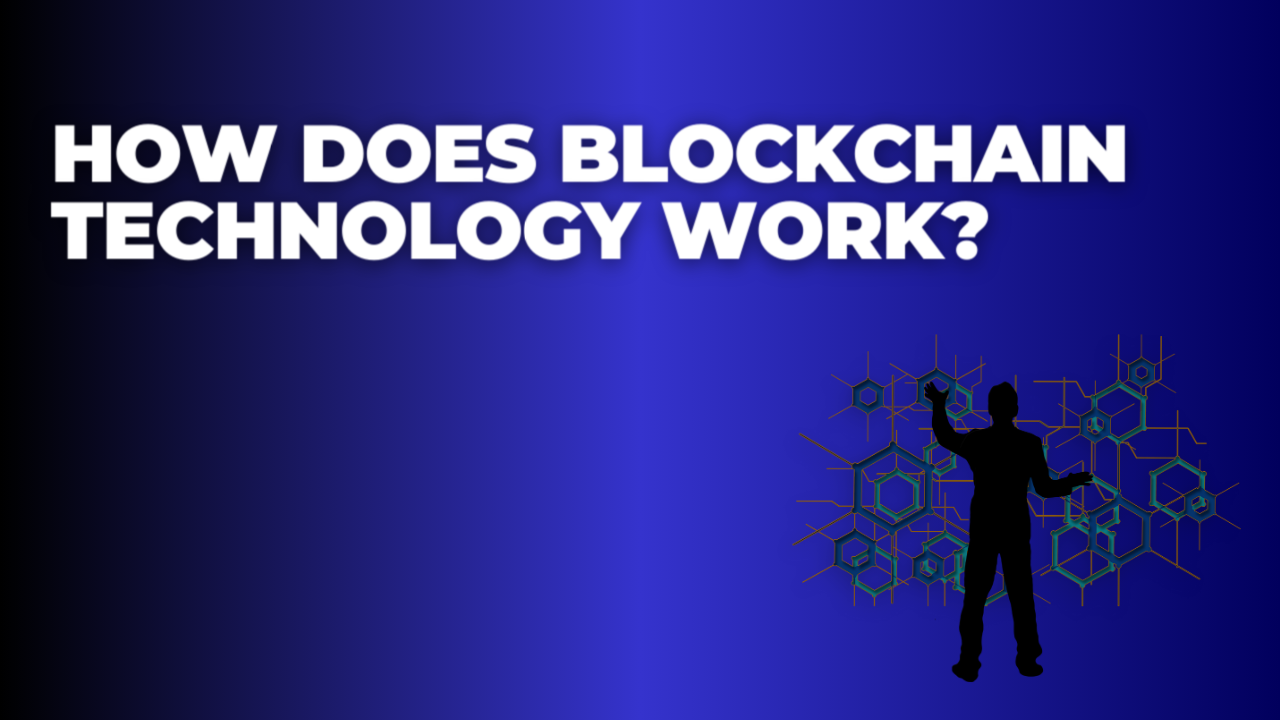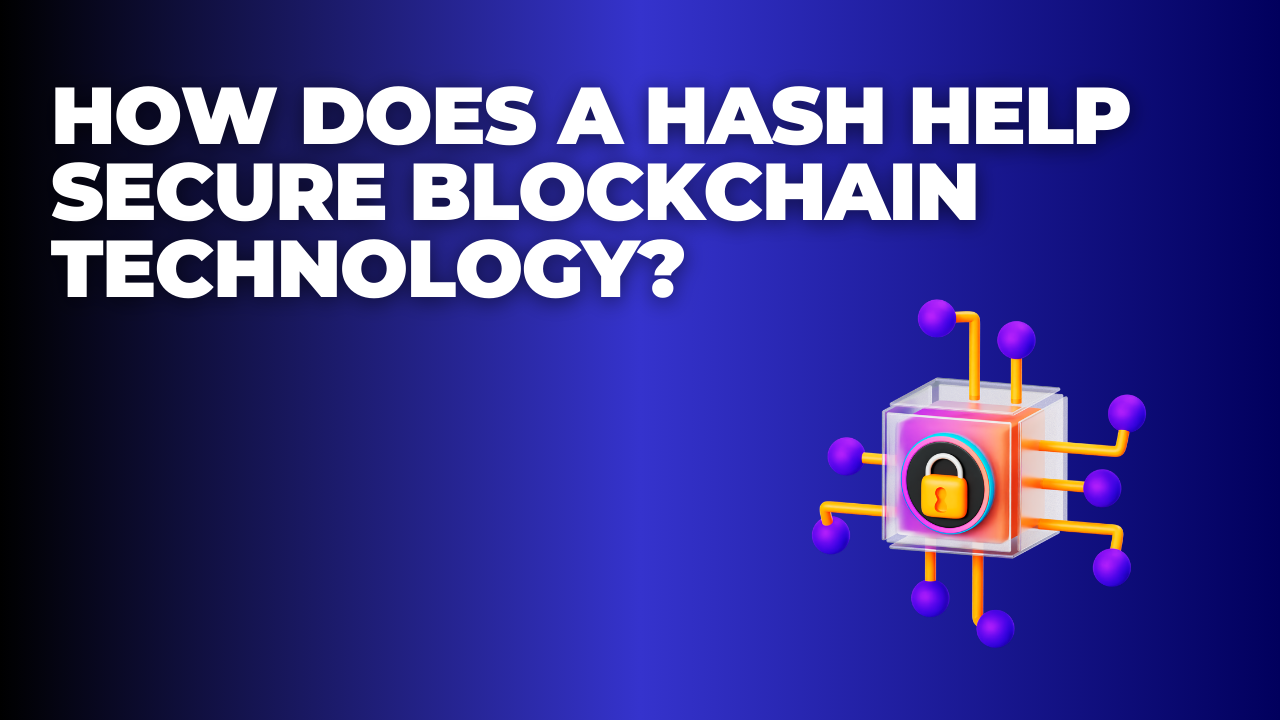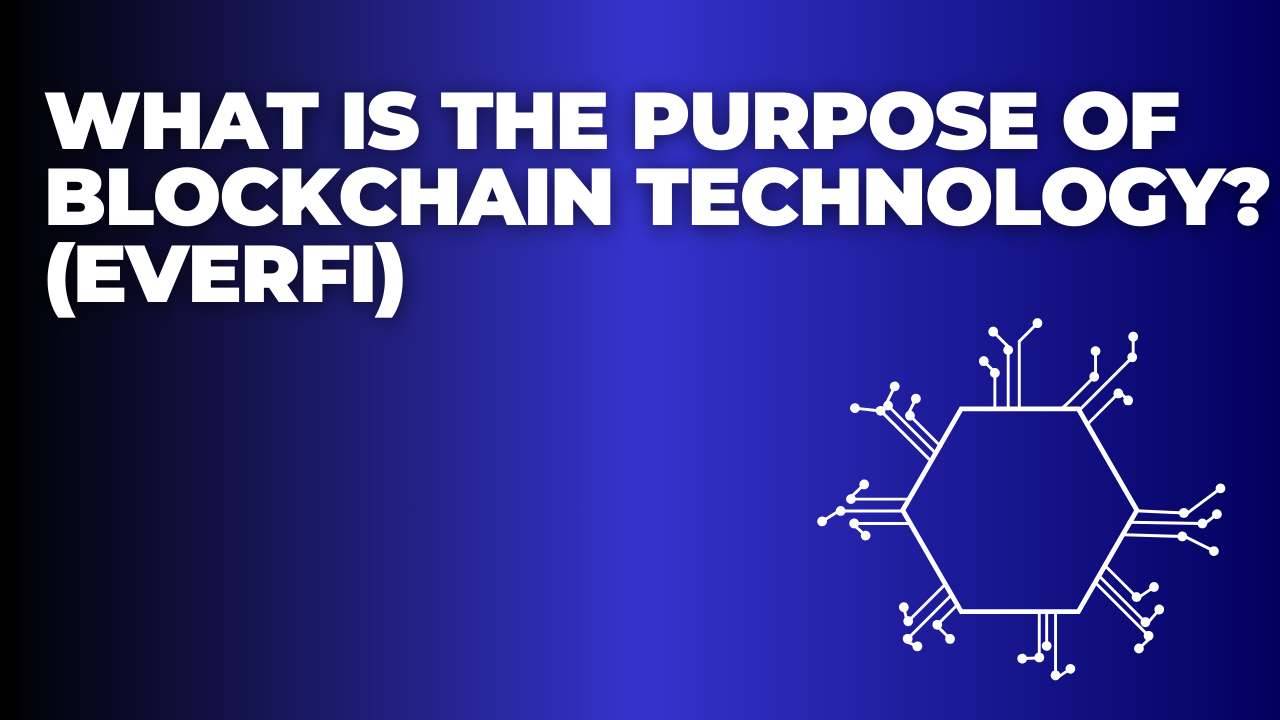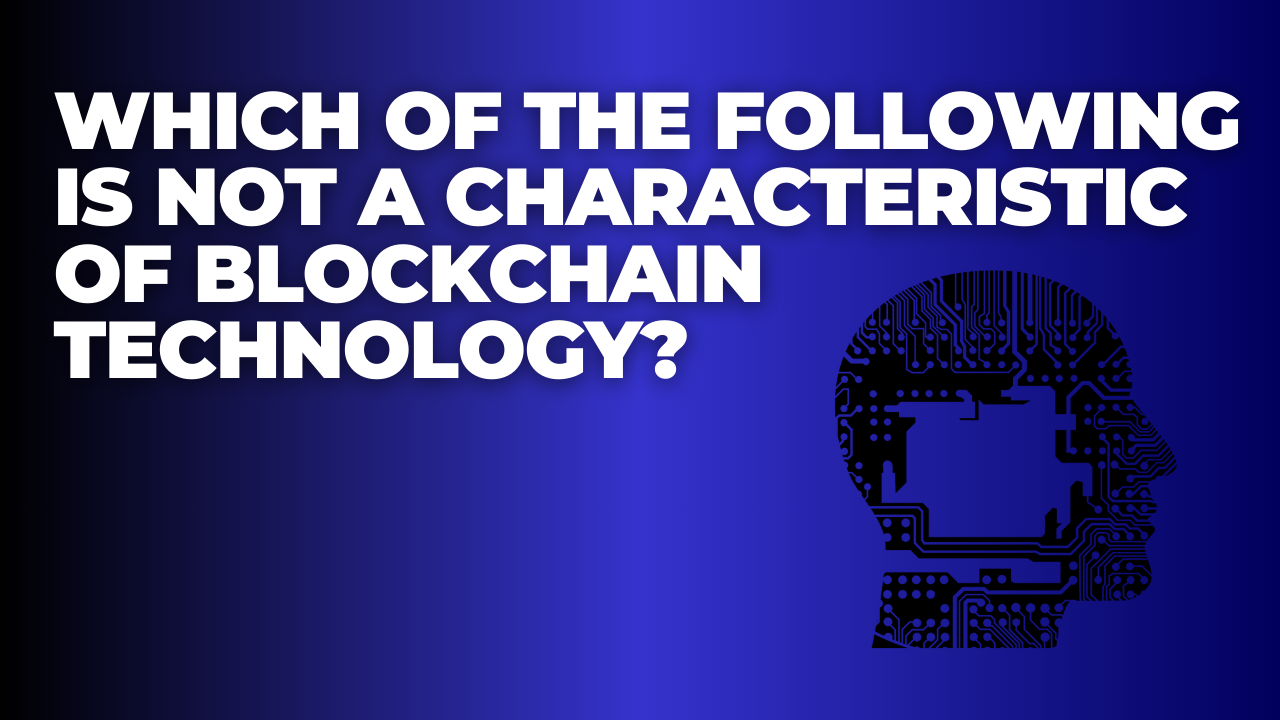Introduction
Blockchain technology has been a game-changer in how we handle data, security and digital transactions. Whether you’re new to the concept or want to dive deeper into how it works, this post will break down the key elements and address some commonly asked questions about blockchain technology.
How Does Blockchain Technology Work?
Blockchain works by creating a shared digital record that stores transactions on many different computers. These transactions are grouped into “blocks” and then linked together to form a “chain.” Each block contains a set of transactions, a timestamp, and a reference (or “hash”) to the previous block.
When a transaction is initiated, it is validated by a network of computers, known as “nodes.” These nodes verify the legitimacy of the transaction and, once approved, the transaction is added to a new block. This block is then connected to the previous blocks in the chain, creating a secure and immutable record.
The beauty of blockchain lies in its decentralization—no single entity controls the network, making it highly secure and resistant to manipulation.
How Does a Hash Help Secure Blockchain Technology?
A hash plays a crucial role in securing blockchain technology. A hash is a unique string of characters generated by a cryptographic algorithm based on the data within a block. Any change in the data will result in a completely different hash, making it easy to detect tampering.
When a block is created, its hash is calculated and stored along with the block. The next block in the chain will contain the hash of the previous block, creating a link between them. If someone attempts to alter a transaction in a previous block, the hash of that block will change. As a result, the hashes of all subsequent blocks will no longer match, alerting the network to the attempted tampering.
This cryptographic linking of blocks through hashes is one of the primary mechanisms that make blockchain technology secure and reliable.
What Is the Purpose of Blockchain Technology? (EVERFI)
In the context of EVERFI, which is an online learning platform, the purpose of blockchain technology is often explained as a way to increase transparency, security, and efficiency in digital transactions. Blockchain can eliminate the need for intermediaries (like banks or payment processors) in various transactions, reducing costs and speeding up the process.
Additionally, the decentralized nature of blockchain helps prevent fraud, as transactions must be validated by multiple parties, and records cannot be altered without the consensus of the network.
Which of the Following Is Not a Characteristic of Blockchain Technology?
While blockchain technology has many defining characteristics, not every feature attributed to it is accurate. Some of the key characteristics include:
- Decentralization: No single entity controls the blockchain; it is maintained by a distributed network.
- Transparency: All participants in the network have the ability to view the transactions.
- Immutability: Once information is added to the blockchain, it can’t be changed or erased.
- Security: Special codes called cryptographic algorithms keep the data safe and protect it from being tampered with.
However, “Anonymity” is not necessarily a characteristic of blockchain technology. While blockchain can offer a degree of privacy, especially with cryptocurrencies like Bitcoin, most blockchains are pseudonymous. That means transactions are linked to wallet addresses, which can sometimes be traced back to individuals.
Blockchain Technology Meaning
Simply put, blockchain is a system for storing information that is very hard to change or hack. It is essentially a digital ledger of transactions that is duplicated and distributed across the entire network of computer systems on the blockchain.
Blockchain technology is best known for its role in cryptocurrencies like Bitcoin, but its applications go far beyond digital money. From supply chain management to healthcare blockchain has the potential to transform a wide range of industries by improving transparency, reducing fraud, and eliminating the need for intermediaries.
Conclusion
Blockchain technology is reshaping the way we handle data, transactions, and trust in the digital age. From understanding how hashes secure the blockchain to exploring the real-world applications of this innovative technology, it’s clear that blockchain is here to stay. Whether you’re interested in its role in cryptocurrency, digital security, or beyond, now is the time to familiarize yourself with this revolutionary technology.
FAQs on Blockchain Technology
What is blockchain technology in simple terms? Blockchain technology is a digital system that records transactions or data across multiple computers in a secure and transparent way. It is often compared to a digital ledger where information is stored in blocks that are linked together in a chain, making it difficult to alter any data.
1. How does blockchain technology work?
Blockchain works by validating and storing transactions in blocks.Every block holds a group of transactions, a time stamp, and a hash linking it to the previous block. This chain of blocks makes it secure and tamper-resistant. Once a transaction is verified by a network of computers, it is added to a block, which is then connected to the previous block.
2. What makes blockchain technology secure?
Blockchain’s security is based on decentralization, cryptography, and hashing. Transactions are validated by a network of computers (nodes), and each block is linked to the previous one using cryptographic hashes. Any attempt to alter a transaction would disrupt the entire chain, making it easily detectable.
3. What is the purpose of blockchain technology?
Blockchain technology is used to increase transparency, security, and efficiency in digital transactions. It eliminates the need for intermediaries (such as banks), reduces costs, and provides a secure way to track and verify transactions in real time.
4. What is a hash in blockchain technology?
A hash is a unique string of characters created by a cryptographic algorithm. It represents data in a block. If any data in the block is altered, the hash will change, which signals that tampering has occurred. This makes the blockchain highly secure.
5. Which of the following is NOT a characteristic of blockchain technology?
Anonymity is not a characteristic of blockchain technology. While blockchain offers some degree of privacy, it is typically pseudonymous. Transactions are linked to wallet addresses, which can sometimes be traced back to individuals. Transparency, decentralization, immutability, and security are the key characteristics of blockchain.
6. What are the real-world uses of blockchain technology?
Blockchain is used in a wide range of industries beyond cryptocurrencies. Some examples include:
- Finance: Secure digital payments and cross-border transactions.
- Supply Chain Management: Monitoring goods from the manufacturing stage to final delivery.
- Healthcare: Managing patient records securely and efficiently.
- Voting Systems: Offering secure and transparent methods for casting and tracking votes.
7. Is blockchain the same as Bitcoin?
No, blockchain is the underlying technology behind Bitcoin, but they are not the same. Blockchain is the system that records and verifies Bitcoin transactions, but it can also be used for many other purposes beyond cryptocurrencies.
8. How does a blockchain become tamper-proof?
A blockchain becomes tamper-proof through its decentralized structure and cryptographic hashing. Changes to any transaction would require altering all subsequent blocks and gaining consensus from the network, which is virtually impossible.
9. Can blockchain technology be hacked?
While blockchain is highly secure due to its decentralized nature and cryptographic security, no system is completely immune to hacking. However, due to the difficulty in altering data across multiple nodes and blocks, blockchain is considered much more secure than traditional systems.




